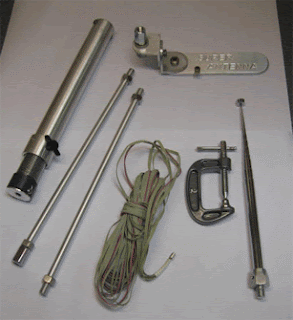What is APRS
APRS stands for Automatic Packet Reporting System is an amateur radio-based system for real time tactical digital communications of information of immediate value in the local area. In addition, all such data is ingested into the APRS Internet system (APRS-IS) and distributed globally for ubiquitous and immediate access. Along with messages, alerts, announcements and bulletins, the most visible aspect of APRS is its map display. Anyone may place any object or information on his or her map, and it is distributed to all maps of all users in the local RF network or monitoring the area via the Internet. Any station, radio or object that has an attached GPS is automatically tracked. Other prominent map features are weather stations, alerts and objects and other map-related amateur radio volunteer activities including Search and Rescue and signal direction finding.
- Yeasu VX-2 handheld
- Argent Data System OpenTracker OT1m
- Garmin GPS18 LVC
- SignaLink USB
- Yeasu FT857D
- Packet Engine Pro or AGWPE
- UI-View 32
I then connected this to the handheld and once is had received had a GPS lock the OpenTracker keys the radio automatically. Once this is connected and up and running I set up the SignaLink and the Yeasu FT857D
Once this was up and running I then needed to get the software talking to the hardware this is pretty easy using the Packet Engine Pro using the soundcard wizard and a little harder using the AGWPE software lots of info on how to do this on http://www.soundcardpacket.org.








